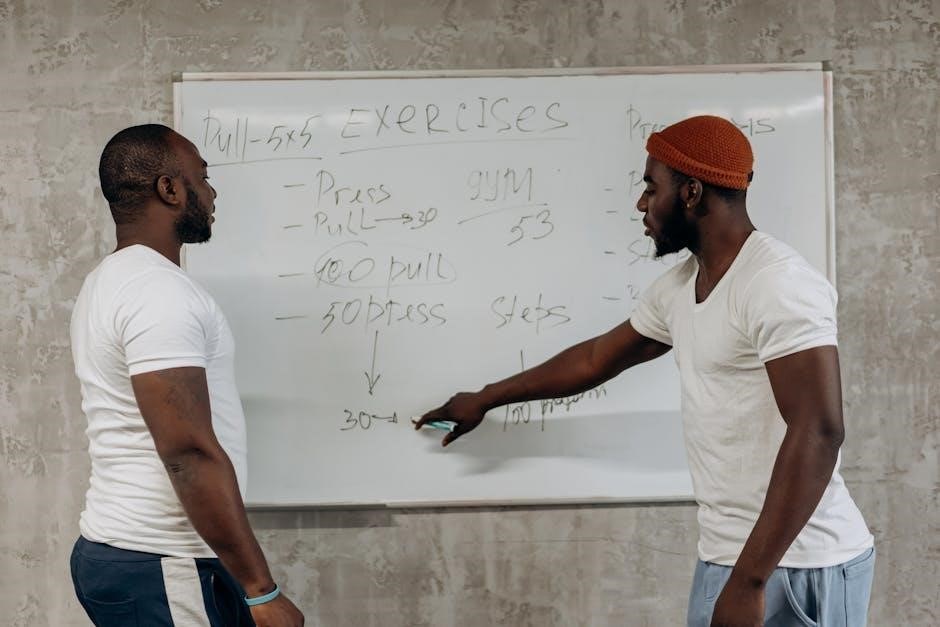Schedule M 990 instructions provide guidance on reporting noncash contributions, including types and quantities, using the correct
forms
and following specific
procedures
for accurate disclosure always.
Overview of Schedule M
Schedule M is a component of the Form 990, which is used by organizations to report their noncash contributions, such as donations of goods, services, and other assets. The purpose of Schedule M is to provide a detailed accounting of these contributions, including the type, quantity, and value of the donated items. This information is used to ensure that the organization is accurately reporting its revenue and expenses, and to provide transparency to the public and the IRS. The schedule is typically completed by organizations that receive significant noncash contributions, such as charities and other nonprofit entities. By completing Schedule M, organizations can demonstrate their compliance with IRS regulations and provide a clear picture of their financial activities. The information reported on Schedule M is also used to support the organization’s tax-exempt status and to facilitate public inspection of their financial records. Overall, Schedule M plays a critical role in the Form 990 filing process, and its accurate completion is essential for maintaining an organization’s tax-exempt status and ensuring transparency and accountability.

Reporting Requirements for Schedule M
Organizations must report noncash contributions using
specific
forms and following detailed
guidelines
always correctly.

Types of Noncash Contributions
Organizations that file Form 990 must report various types of noncash contributions, including donations of securities, real estate, and other types of property. The instructions for Schedule M provide guidance on how to report these contributions, including the types of property that must be reported and the information that must be disclosed. For example, organizations must report the type of property donated, the date of the donation, and the fair market value of the property. They must also report any restrictions on the use of the property and any other relevant information. The types of noncash contributions that must be reported on Schedule M include donations of art, collectibles, and other unique items, as well as donations of services and other intangible assets. By reporting these contributions accurately, organizations can ensure compliance with IRS regulations and maintain transparency in their financial reporting. The IRS provides detailed guidance on reporting noncash contributions, and organizations should consult these resources to ensure accurate reporting.
Quantity and Financial Statement Amount
Organizations must report the quantity and financial statement amount of noncash contributions on Schedule M. The quantity refers to the number of items donated, while the financial statement amount refers to the value of the donated items as reported on the organization’s financial statements. The instructions for Schedule M provide guidance on how to determine the financial statement amount, including the use of fair market value and the consideration of any restrictions on the use of the donated property. The quantity and financial statement amount must be reported separately for each type of noncash contribution, and the totals must be reported on Part II of Schedule M. The IRS requires accurate reporting of these amounts to ensure transparency and compliance with tax regulations. By following the instructions for Schedule M, organizations can ensure accurate reporting of noncash contributions and maintain compliance with IRS regulations. The reporting requirements for quantity and financial statement amount are an important part of the Schedule M instructions.

Preparing Schedule M
Organizations prepare Schedule M using
guidance
from the IRS and reporting noncash contributions accurately always.
Noncash Donation Reporting
Noncash donation reporting is a crucial aspect of Schedule M, requiring organizations to disclose the types and quantities of noncash contributions received. The IRS provides guidance on reporting noncash donations, including the valuation and classification of donated goods and services. Organizations must report noncash contributions on Schedule M, including donations of art, collectibles, and other tangible personal property. The reporting requirements for noncash donations vary depending on the type and value of the donation. For example, donations of securities and real estate require specific reporting and valuation procedures. Organizations must also maintain accurate records of noncash donations, including appraisals and other documentation to support the valuation of donated property. The IRS may request additional information or documentation to verify the reporting of noncash donations. By accurately reporting noncash donations on Schedule M, organizations can ensure compliance with IRS regulations and maintain transparency in their financial reporting. Proper reporting of noncash donations is essential for tax-exempt organizations.
Cross-Referencing with Other Parts of Form 990
Cross-referencing with other parts of Form 990 is essential for accurate and complete reporting. Schedule M must be cross-referenced with Part VIII, Line 1g, which reports the total value of noncash contributions. The total value reported on Schedule M should reconcile with the amount reported on Part VIII. Additionally, organizations should cross-reference Schedule M with other schedules and parts of Form 990, such as Schedule B, which reports contributions and grants. The IRS may request additional information or documentation to verify the cross-referencing of Schedule M with other parts of Form 990. By ensuring accurate cross-referencing, organizations can demonstrate transparency and compliance with IRS regulations. Cross-referencing also helps to prevent errors and inconsistencies in reporting. The IRS provides guidance on cross-referencing Schedule M with other parts of Form 990 to ensure accurate and complete reporting. Organizations should carefully review the instructions and guidelines for cross-referencing to ensure compliance. Proper cross-referencing is crucial for maintaining the integrity of Form 990 and Schedule M.

Additional Requirements and Resources
Organizations must comply with
specific
requirements and utilize available
resources
for accurate Schedule M 990 filing always.
Schedule of Contributors
The Schedule of Contributors is a crucial component of the Form 990 filing process, requiring organizations to disclose information about their contributors, including names, addresses, and contribution amounts, using specific
forms
and following detailed
guidelines
. This schedule is designed to promote transparency and accountability, allowing the public to access information about an organization’s funding sources. The Schedule of Contributors must be completed accurately and thoroughly, as it is subject to public inspection. Organizations must ensure that they comply with all relevant
regulations
and
instructions
when preparing this schedule, taking care to redact sensitive information, such as contributor names and addresses, if permitted by the IRS. By carefully completing the Schedule of Contributors, organizations can demonstrate their commitment to transparency and accountability, while also ensuring compliance with IRS requirements and
procedures
. This schedule is an essential part of the Form 990 filing process, and organizations must prioritize its accurate completion.
IRS Resources
The IRS provides a range of resources to help organizations navigate the Form 990 filing process, including the preparation of Schedule M. The IRS website offers detailed
instructions
and
guidelines
for completing the form, as well as a variety of supporting materials, such as FAQs and instructional videos. Additionally, the IRS publishes annual updates and revisions to the Form 990 and its schedules, including Schedule M, which can be accessed through the IRS website. Organizations can also contact the IRS directly for assistance with completing the form, or seek guidance from qualified tax professionals. The IRS also offers online tools and resources, such as the
IRS Tax Calendar
and the
Exempt Organizations Business Master File
, to help organizations stay up-to-date on filing requirements and deadlines. By utilizing these resources, organizations can ensure compliance with IRS regulations and accurately complete Schedule M and other parts of the Form 990. The IRS resources are designed to support organizations in fulfilling their tax obligations.
